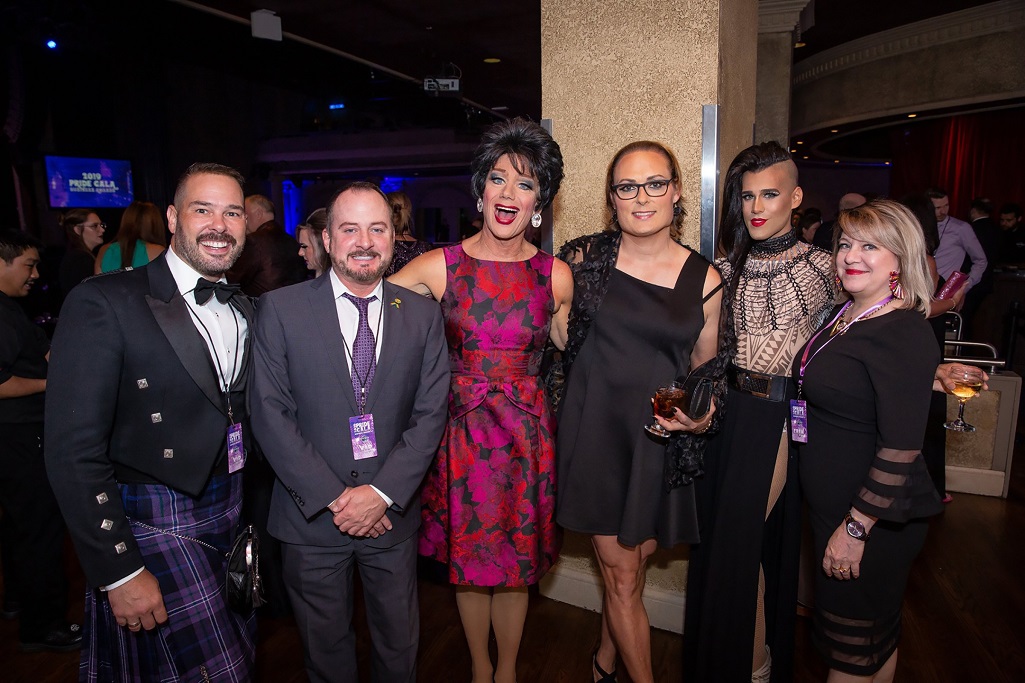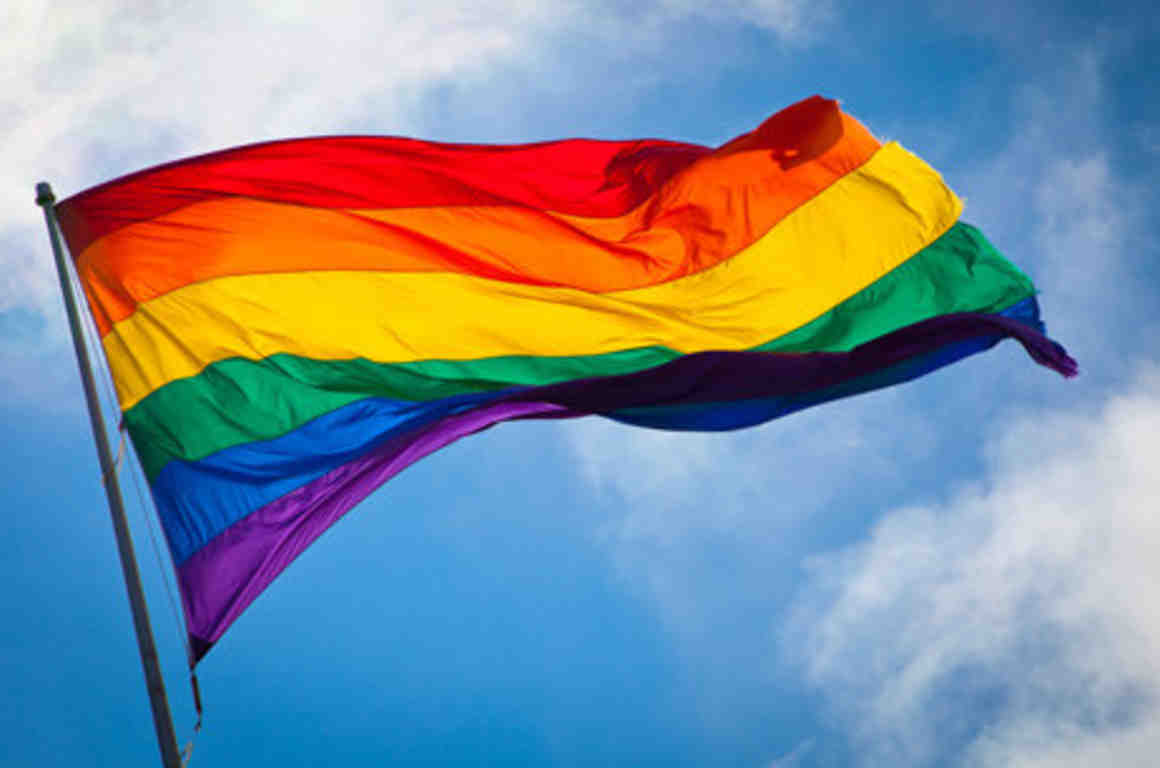In this excerpt from his book Pride Leadership, Dr. Steve Yacovelli tells us how to make 2020 "the year that being queer is your key to a courageous career." We all make New Year’s resolutions, from the daydreamingly ambitious to the practical to those that we only...


